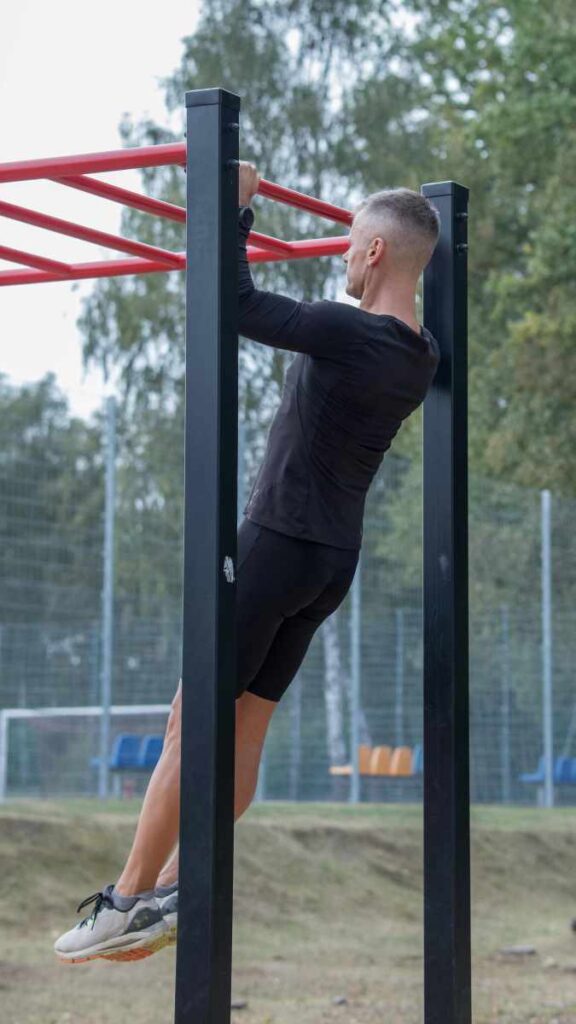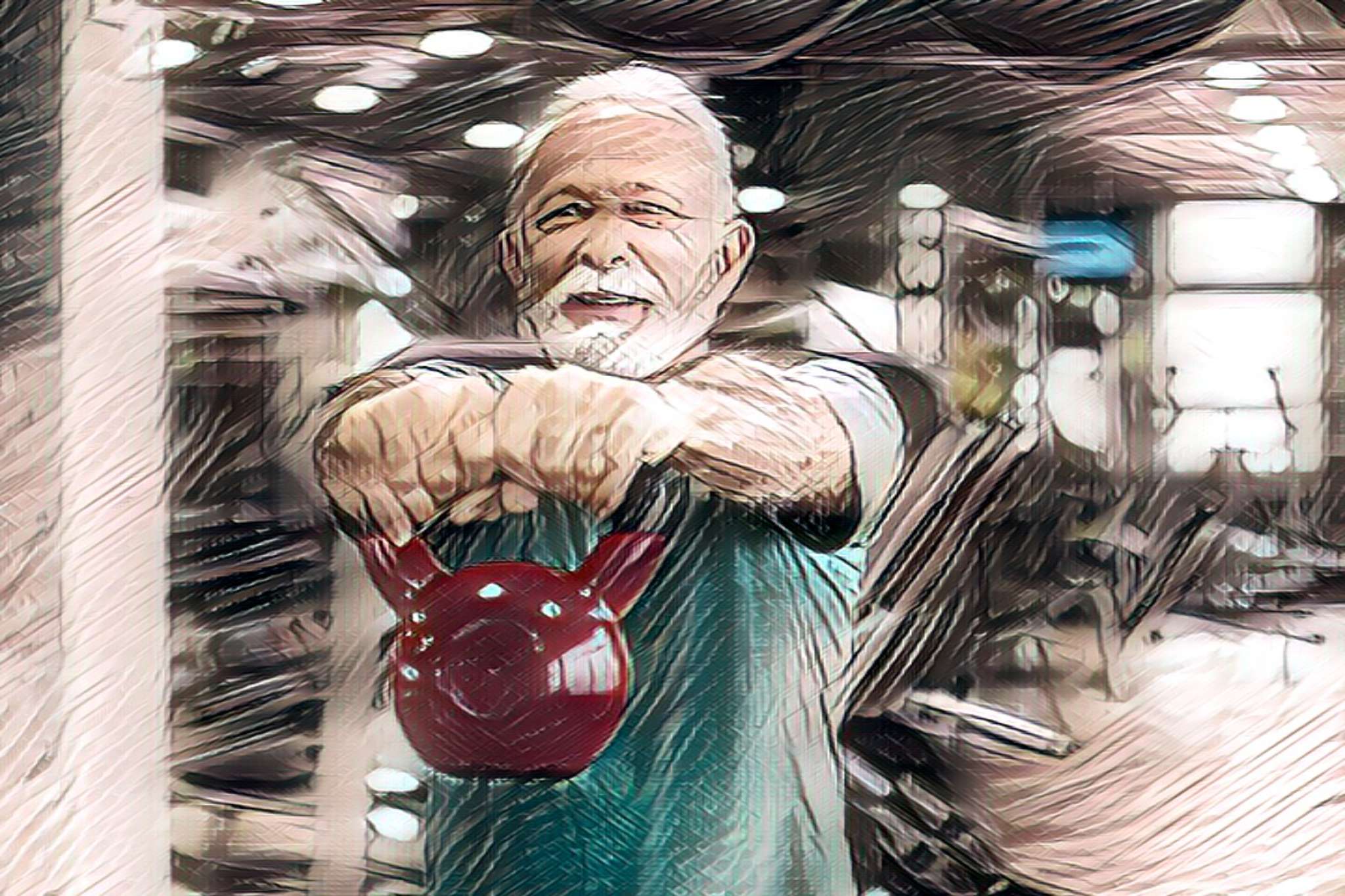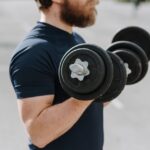Fitness For The Over 50s
As we age, maintaining an active lifestyle becomes more crucial yet more challenging – fitness for the over 50s. Fitness For The Over 50s often means choosing a fitness routine that suits your body’s needs. The right program can significantly enhance quality of life by improving health, increasing strength and mobility, and boosting mental wellbeing.
We cover all aspects of fitness for those over 50. A focus on body composition, exercises tailored to mature bodies, muscle maintenance, endurance, dietary needs, understanding limitations, and improving flexibility is essential.
Body Composition Changes
Our body composition naturally changes. A decrease in muscle mass and an increase in fat accumulation are common due to a slower metabolism and changes in hormonal levels. These changes affect how the body reacts to food and exercise. Body composition analysis can help tailor fitness and dietary plans that focus on increasing muscle mass and reducing fat.
This not only improves physical appearance but also enhances metabolic health, reducing the risk of conditions like type 2 diabetes and heart disease.
Recommended Exercises
For those over 50, incorporating a mix of cardiovascular, strength training, and balance exercises is recommended:
Cardiovascular Exercises:
Activities like walking, swimming, or cycling help maintain heart health and manage weight. Aim for at least 150 minutes of moderate-intensity aerobic activity per week.
Strength Training:
Lifting weights or using resistance bands at least twice a week helps combat the loss of muscle mass and strength. Focus on major muscle groups and adjust the intensity as needed.
Balanced Exercises:
Yoga or Tai Chi can improve balance, coordination, and flexibility, reducing the risk of falls.
Each session should start with a warm-up and end with a cool-down phase to prevent injuries.
Muscle Maintenance and Endurance
Muscle maintenance is vital as it helps in maintaining functional independence. Regular strength training increases muscle mass and strength, enhancing endurance in daily activities. This doesn’t necessarily mean lifting heavy weights; bodyweight exercises, such as squats, push-ups, and leg raises, can also be effective.
Endurance is about maintaining energy levels throughout these activities. Incorporating endurance training, like longer walking sessions or extended cycling tours, helps build stamina. Gradual progression in the intensity and duration of these activities ensures that the body adapts without significant strain.
Diet Considerations
A well-balanced diet rich in nutrients is fundamental for those over 50. Prioritize protein intake to support muscle repair and growth, and focus on foods high in fiber to aid digestion and metabolic health. Calcium and vitamin D are crucial for bone health, while antioxidants and healthy fats support overall health and cognitive function. Hydration is also vital; older adults often have a diminished sense of thirst and need to remember to drink water regularly.

Understanding Limitations
Recognizing and accepting age-related physical limitations is key to preventing injuries. It’s important to listen to the body and modify exercises as necessary. Regular check-ups with a healthcare provider can help monitor heart health, joint functions, and other vital aspects that might influence the type and intensity of workouts.
Flexibility and Mobility
Improving flexibility reduces pain and stiffness. Regular stretching and flexibility exercises should be part of any fitness routine for over 50s. These can be done as part of a cool-down after exercises or through classes focused on mobility such as Pilates. Staying active after 50 is not just about adding years to life but also life to years.
Understanding body composition, engaging in suitable exercises, maintaining muscle and endurance, eating well, recognizing physical limitations, and improving flexibility, individuals over 50 can enjoy a vibrant and healthy lifestyle.
I’s never too late to start, but always consult with a healthcare provider before beginning any new fitness regimen.
Contact Ryland and over 50’s personal trainer specialist.
FAQs about fitness for individuals over 50:
1. Is it safe to start exercising after 50?
Yes, it’s safe and highly beneficial to start a fitness routine after 50. It’s best to begin with low-impact exercises and consult a healthcare provider if you have any medical concerns.
2. What types of exercises are best for people over 50?
Strength training, walking, swimming, yoga, and flexibility exercises are excellent for maintaining muscle mass, improving balance, and boosting overall health.
3. How does fitness help with aging-related muscle loss?
Regular exercise, particularly strength training, helps slow down muscle loss (sarcopenia) and maintains bone density, which is crucial for preventing falls and injuries.
4. How can fitness improve joint health for those over 50?
Low-impact exercises like swimming, cycling, and yoga can enhance joint mobility and reduce stiffness, making everyday movements easier and less painful.
5. Can fitness improve cognitive health in older adults?
Yes, regular physical activity promotes better blood flow to the brain, which can help improve memory, reduce the risk of cognitive decline, and boost overall mental clarity.





